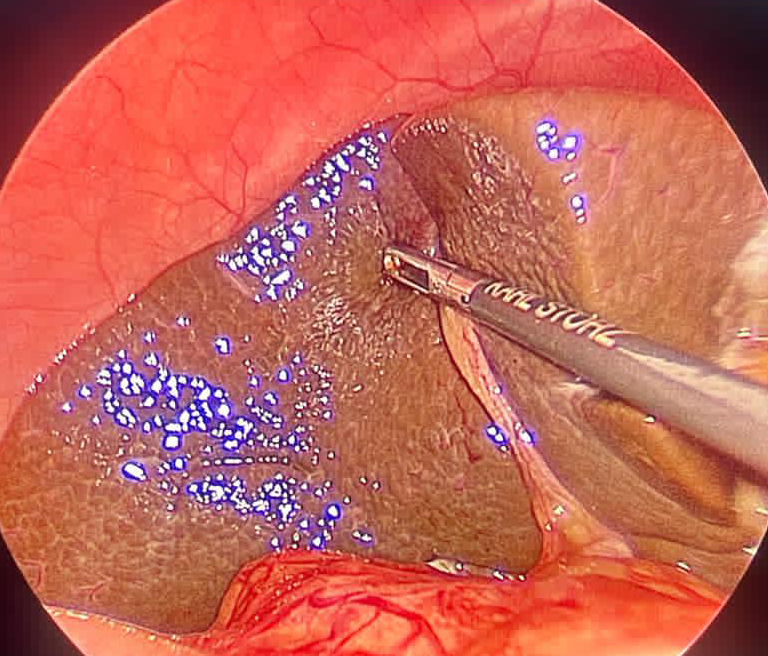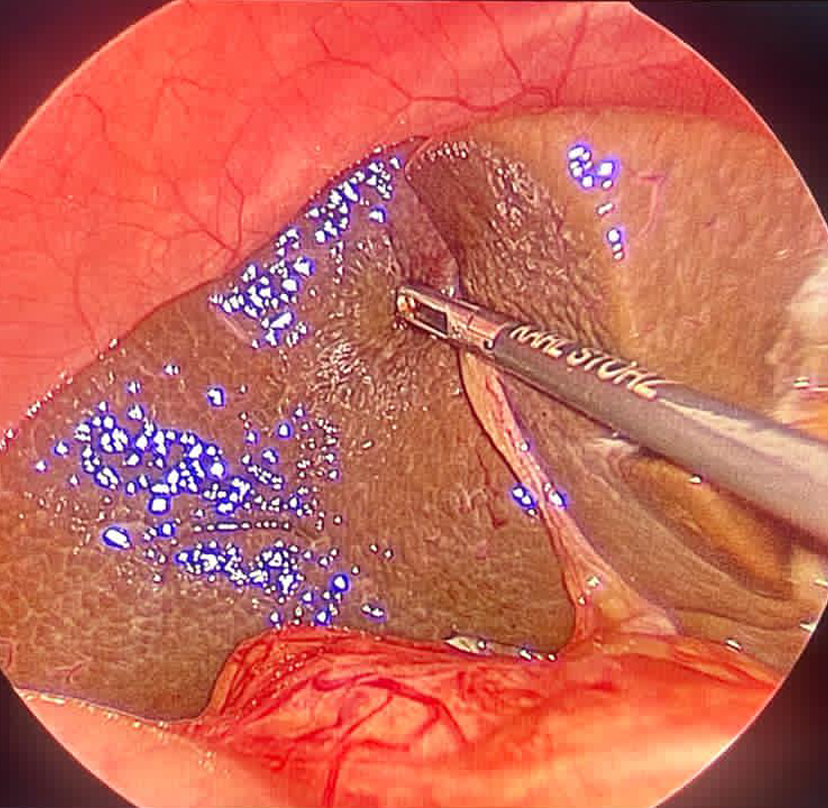Biliary Atresia
In newborn infants with biliary atresia, the flow of bile from the liver to the small intestine is obstructed. When bile cannot flow to the small intestine in infants with biliary atresia, it accumulates up in the liver and harms it. Surgery is the major form of therapy.
In newborn infants with biliary atresia, the flow of bile from the liver to the small intestine is obstructed. The liver produces and excretes a fluid called bile. It originates in the liver and travels through a system of tubes-like organs called bile ducts to the small intestine, where it aids in the body's digestion and absorption of food.
The bile ducts are obstructed in children with biliary atresia as a result of injury and scarring. Bile cannot go to the small intestine as a result. Instead, it accumulates and harms the liver.


